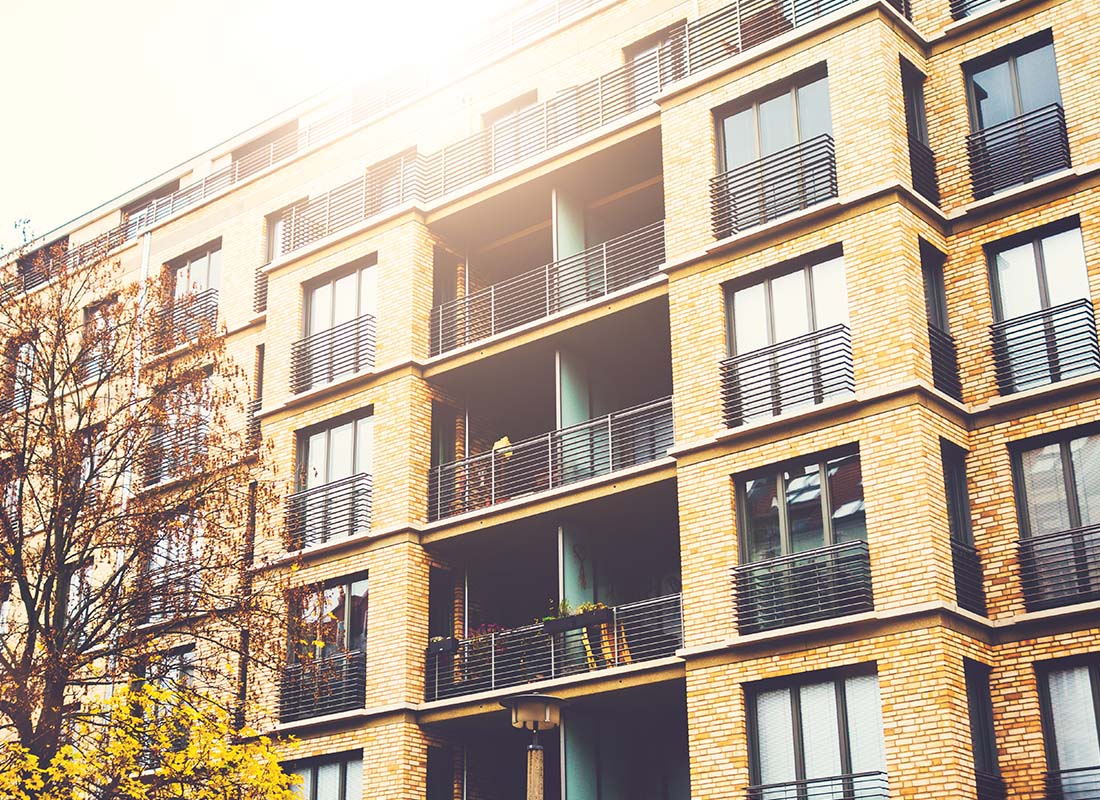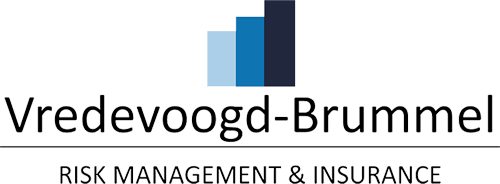
Home » Real Estate »
You’re more than just a landlord. Consider landlord and rental property insurance.
Landlord and rental property insurance tailored to your needs.
Because properties can vary greatly in many ways, an off-the-shelf insurance package won’t likely be the right fit. Your location, building specifics, and the number of dwelling units all may factor into your insurance policies. It’s important to understand the unique nature of your risks based on the type of property you are insuring.
Their rent is your income.
Even with the most thorough credit and background checks, a tenant can default on their rent. It can take months or longer for you to take the legal action necessary to remove them and secure a new tenant. The whole time, however, you’ll still need to make your mortgage payments. Consider an insurance policy that may protect you in the event your resident defaults, dies, or is deployed, and cannot or does not pay their rent. Such a policy may also provide coverage for legal fees related to eviction proceedings.

As with any building you rent out, you face risks like fire, lightning, wind and more, but if you have a single-family property like a house or a duplex you’re renting out, your coverage needs are different from those who rent out condos or own large apartment buildings.
Rental dwelling insurance provides the coverage you need for renting out a single-family structure like a house or duplex. This coverage provides protection from losses caused by fire, lightning, wind, hail, and more to the structure of your dwelling, as well as anything permanently affixed to the dwelling like kitchen cabinets, bathtubs, and more. This can also cover other structures on the property such as detached garages, barns, and sheds.
You own a condo or an apartment in a large building that you want to rent out. You may not be responsible for insuring the entire building and the rest of its units, but you are responsible for insuring your own. You’ll need the right coverage to protect yourself from financial losses caused by covered damage to your unit.
Fire, wind, hail, lightning, and more all pose a threat to condos and apartments, which is why having building property coverage for individual units in an apartment or condo building is important. This can cover the costs of repair and replacement to your unit if damage is caused by a covered event.
You own an apartment or condo building, and you’re renting the units out to families and individuals alike. Your property risks are similar to someone renting out a single unit or a single-family home, but your coverage needs are much different. While you face fire, lightning, wind, and more, you may need higher limits due to the nature of having a building full of units.
Apartment/condo building property coverage is key to protecting your building and your units. This coverage not only protects the building itself from covered perils, but it also protects other structures you may own on the premise—this can include swimming pools, parking garages, maintenance buildings, fences, and more.
What if you live in your home and you want to rent out a spare room or the in-law suite above your garage? In many cases, a standard homeowners policy does not cover home-sharing. And because you live in your home most of the time, you don’t qualify for a landlord policy. The coverage you can get through a rental app platform is also probably inadequate. If someone is hurt or the property is damaged, you could be left with high out-of-pocket costs.
Home-sharing coverage often provides a combination of property and liability protection for people who share their homes, both as short-term rentals and long-term rentals. However, in most cases, this coverage is only offered for spaces located in primary residences. If you’re renting out a secondary home, you may need different coverage.
As a landlord, you want to make life easier on your tenants to encourage them to stay. That might mean providing a lawnmower or snowblower so they don’t have to purchase one or even furnishing the space. What happens if that property gets damaged? Without the right coverage, you could be faced with replacing it on your own.
It’s important to have personal property coverage if you leave any major property behind for your tenants to use. Whether it’s property rented with the unit or left to be used in its maintenance, this coverage can protect you financially in the event of covered damage.
Fire is a covered peril in your property coverage which means your repairs to your property are covered, but what about your rental income? If your property is uninhabitable while repairs are underway, that could mean months of lost income because you can’t rent out your property.
Lost rental income, also known as loss of use, coverage can help provide financial protection for you if your rental property becomes uninhabitable due to a covered loss through temporary rent reimbursement. Usually, this policy will have a designated time frame during which the reimbursements are provided.
Lawsuits are costly, and just about any accident can set one off. Real or unfounded, the costs of defending yourself in a liability suit and potentially paying damages can be steep and leave you in financial trouble.
Having comprehensive landlord liability insurance can help protect you in the event you are sued due to an accident that occurred on your rental property. It can help cover the costs of your defense, and in the worst case, possibly help cover damage payout. This coverage may also cover suits related to wrongful eviction, depending on your policy.
On average, it’s estimated that three out of five businesses will be sued by their employees. While there is nothing you can do to prevent someone from filing a lawsuit, you can limit the costs of defending a legal claim with proper insurance coverage.
If you employ anyone—from property managers to maintenance workers to landscapers and more—obtain employment practice liability insurance (EPLI) to protect your business from alleged employment-related acts such as wrongful termination, failure to promote, discrimination, and sexual harassment.
There’s always a risk when renting out your property that tenants will stop paying their rent. The eviction process can be a lengthy and costly one, all the while you’re losing out on rental income because your current tenant won’t or can’t pay.
Some insurance companies offer coverage for guaranteed income. Similar to loss of rental income insurance, guaranteed income provides rent reimbursements in the event that a tenant stops making their rent payment.
As a landlord, you have a responsibility to your tenants. If they encounter an emergency, such as being locked out of the property or an urgent maintenance issue, you need to be there to help. If you are your own maintenance person or you’re running your rental property on the side, it could mean dropping everything to go help your tenant.
Emergency coverage can help you if you find yourself in a situation where you have to suddenly go help a tenant. These policies can cover most, if not all, of the costs related to traveling to your property and resolving your tenant’s issue.
Your rental property has been damaged and it just seems like one thing after another when it comes to the repair. You’ve just learned that not only do you have to fix the property, you also have to upgrade it to meet new building codes that were put into place after your structure was built—and these upgrades could cost more than you anticipated.
If you’re informed during a repair of your property that you need to bring your building up to code, ordinance and law coverage can help cover the associated expenses. Even if your property was to code when it was constructed, building codes can change. Therefore, it’s important to consider this coverage in the event your property does get damaged.
If there’s one word landlords fear more than others, it’s eviction. When a tenant stops paying their rent, you may have no choice but to evict them. It’s a long process though, and it’s often costly as well. The costs of attorney fees, filing fees, and more can add up fast.
Eviction insurance can help you cover the costs associated with the eviction process. It can cover things such as attorney fees, court fees, filing fees, and more. Similar to guaranteed income insurance, some policies may also cover the amount of your tenant’s missing rent payments.
If you own an apartment or condo building, condo, or a single-family home, it’s possible that your property could be vacant for an extended period of time—whether that’s because of renovations or a transition between tenants. Your normal property insurance may not cover your building while it’s vacant, which could leave you in a tricky financial situation if damage were to happen to your property.
If you know your rental property will be uninhabited for some time, it’s important to find out if it will be covered under your existing policies. If not, consider obtaining a vacant property policy to cover you until a tenant moves in.
The forces of nature are strong, and you know what kind of damage they can do to a property. From floods to hurricanes to earthquakes, it’s important to have the right coverage in place in case you face a loss due to these perils.
If your rental property is located in an area prone to natural disasters, be sure to look into specific natural disaster insurance coverage as they often aren’t covered by your standard property insurance policy. Some insurance companies offer bundled coverage for natural disasters while others offer individual policies for flood insurance, hurricane insurance, earthquake insurance, and more.
Damage to your property is usually an accident, but sometimes it's intentional—and not all property insurance policies cover vandalism. That means you could be paying the costs to repair your property out of pocket.
Check your property insurance policy to see if it covers losses from vandalism. If not, consider investing in vandalism coverage to provide financial protection for yourself and your property.
Your rental property was damaged, but now it’s repaired and ready for your tenants to move back in. This can be a costly process, so it’s important to make sure you aren’t on the hook for the expenses.
Tenant move back covers the costs of moving your tenants back into your building who were forced to relocate from your rental property after it was made uninhabitable due to a covered peril. This coverage often works in tandem with your rental property and loss of rental income insurance policies.
The equipment required to run a rental property and make it comfortable is often large and expensive, especially if you’re running a condo or apartment building. Mechanical appliances like water heaters, boilers, and HVAC systems can run you a pretty penny in repair and replacement if they break down.
More often than not, rental property insurance doesn’t cover the breakdown of large equipment like HVAC systems, boilers, hot water heaters, and more. If that’s the case with your policy, consider looking into equipment breakdown coverage. This coverage provides financial protection for losses associated with the damaged equipment and can help cover the costs of repairing or replacing it.
Is your property covered when no one lives there?
From time to time, your rental property may be vacant. This could be due to tenant transition or renovations. Regardless of the reason, you need to make sure the property is covered appropriately. If you know your rental property will be uninhabited for some time, it’s important to find out if it will be covered under your existing policies. If not, consider obtaining a vacant property policy to cover you until a tenant moves in.
How much does rental property insurance cost?
The cost of coverage may vary depending on a variety of factors, including the size of your building, where it’s located, when it was constructed, and the types of risks that are possible in your region.
Why do you need insurance as a landlord?
Rental property insurance goes beyond what home insurance can offer, which is especially important for liability issues when renting out your property to others.
Your rental property itself requires specialized coverage.
Of course, you’ll need to insure your building. But, to really be protected, you must be sure to consider each of your options. If your property needs extensive repairs or a full rebuild after a covered loss, you’ll want to have coverage that includes the additional cost of making sure it’s up to the current building codes. Most business owners and property insurance policies won’t provide coverage in case of a flood, so flood insurance should be considered. If your property is in an area prone to hurricanes or earthquakes, you may wish to obtain these policies as well. Finally, you should also insure against common business concerns, such as employment practices liability, cyber liability, and more.
To review your rental property insurance needs and to learn more about your coverage options, contact us.
Let’s Get Started
Landlord and Rental Property Insurance Quote Request
"*" indicates required fields
Don’t like forms? Contact us at 616-797-9988 or info@vbins.net.

